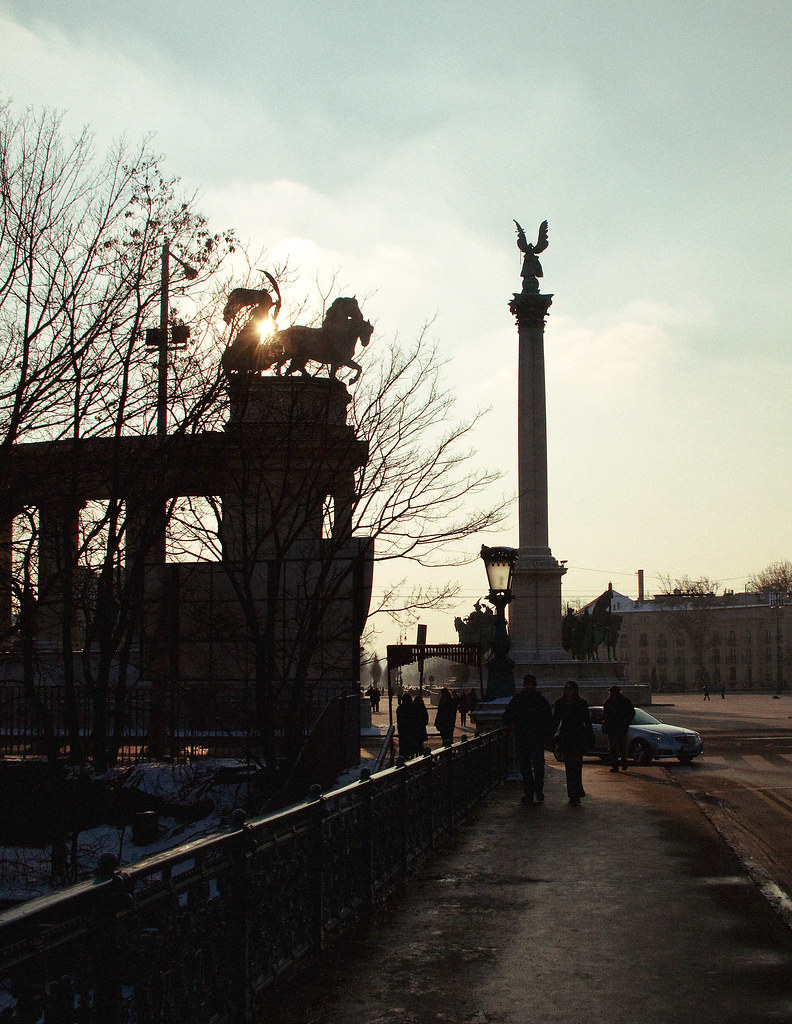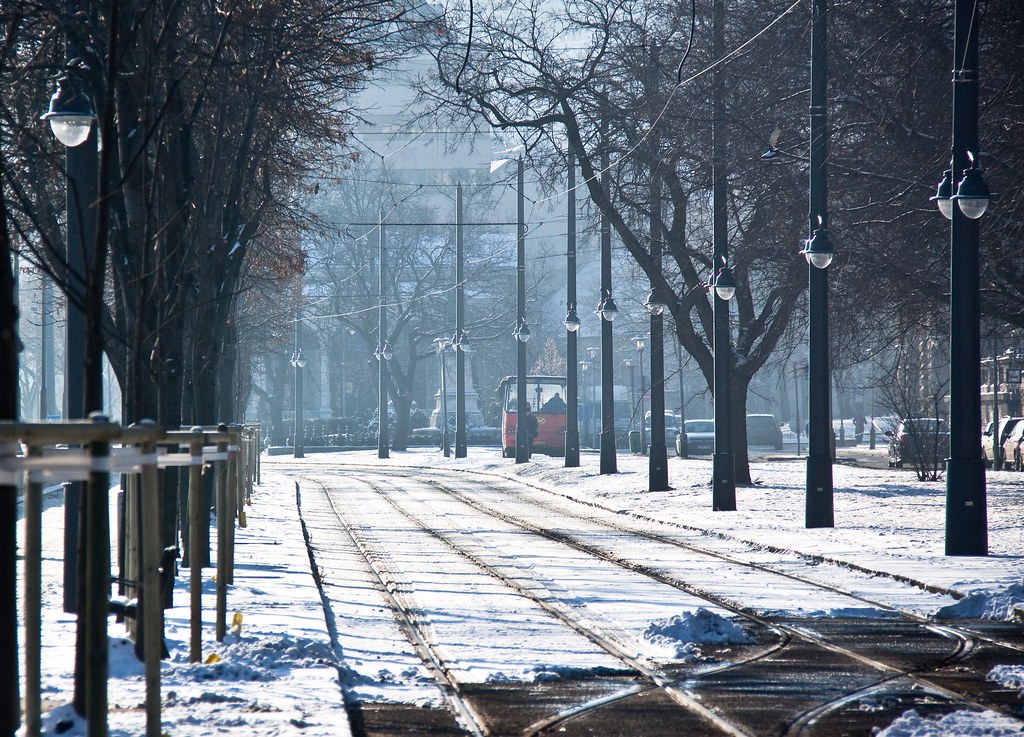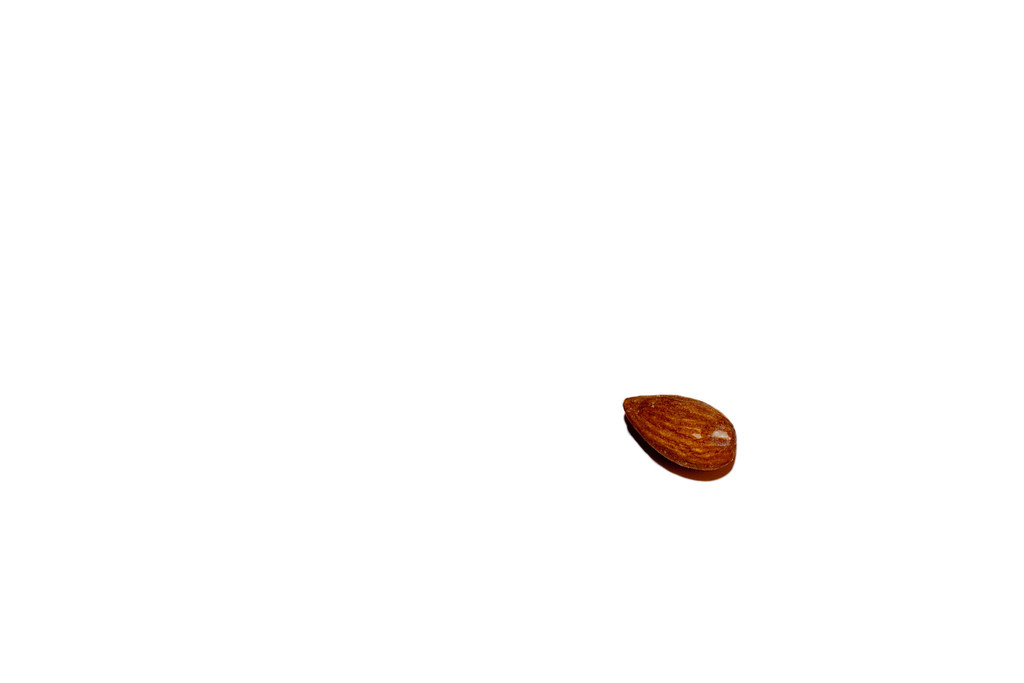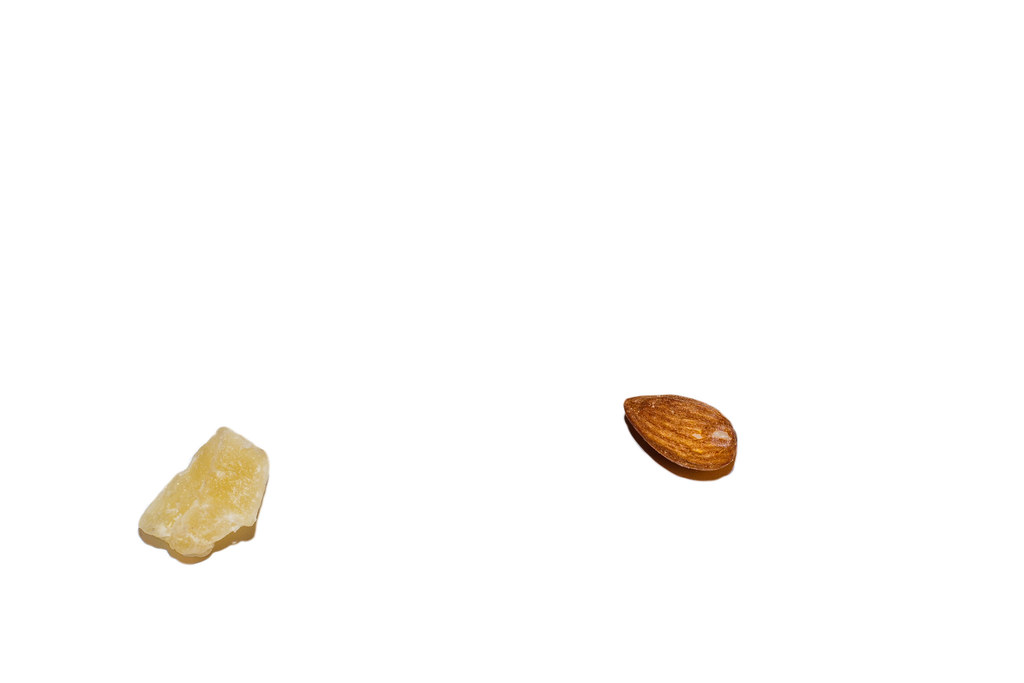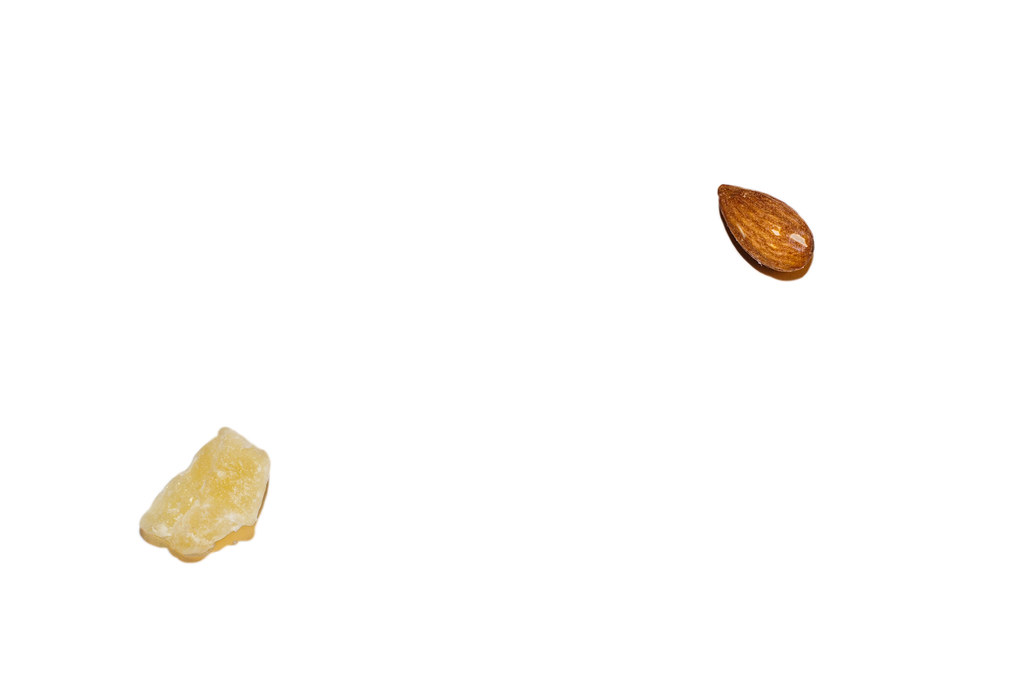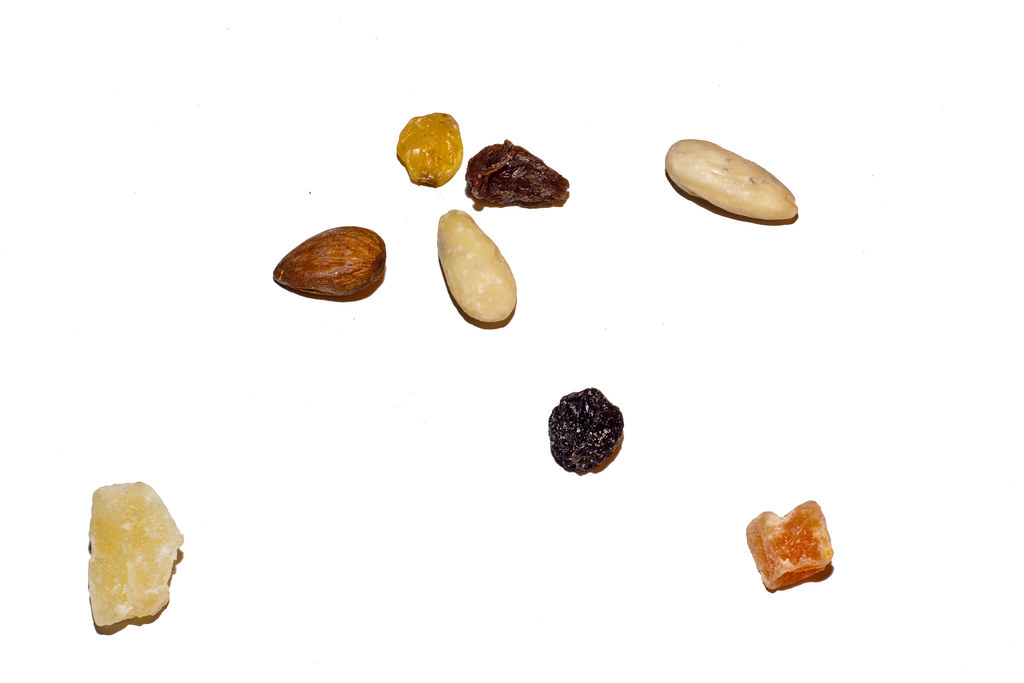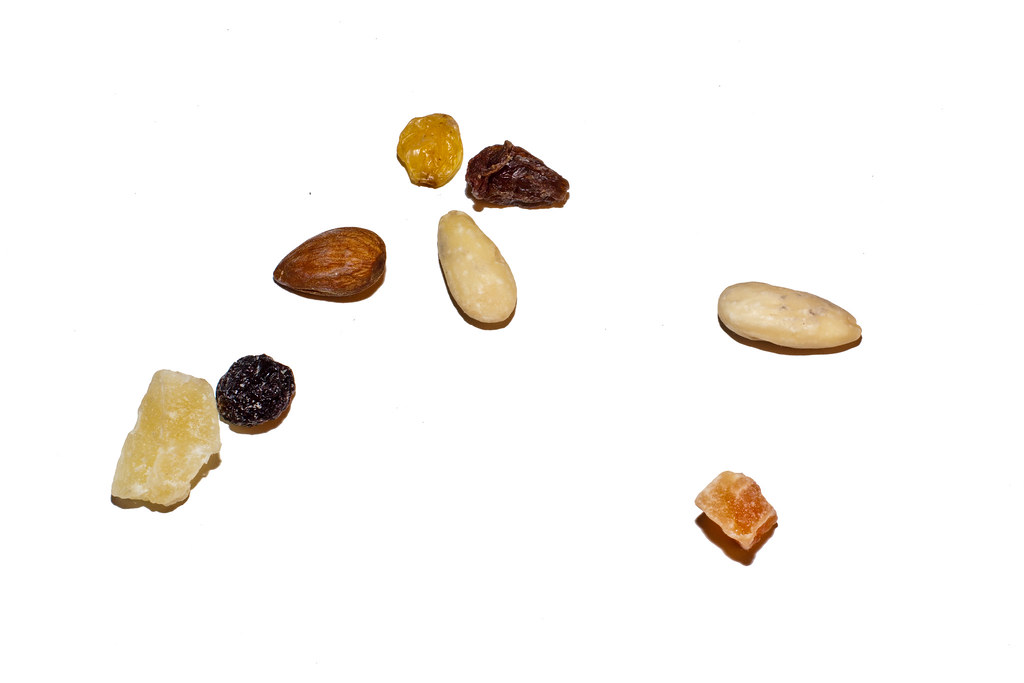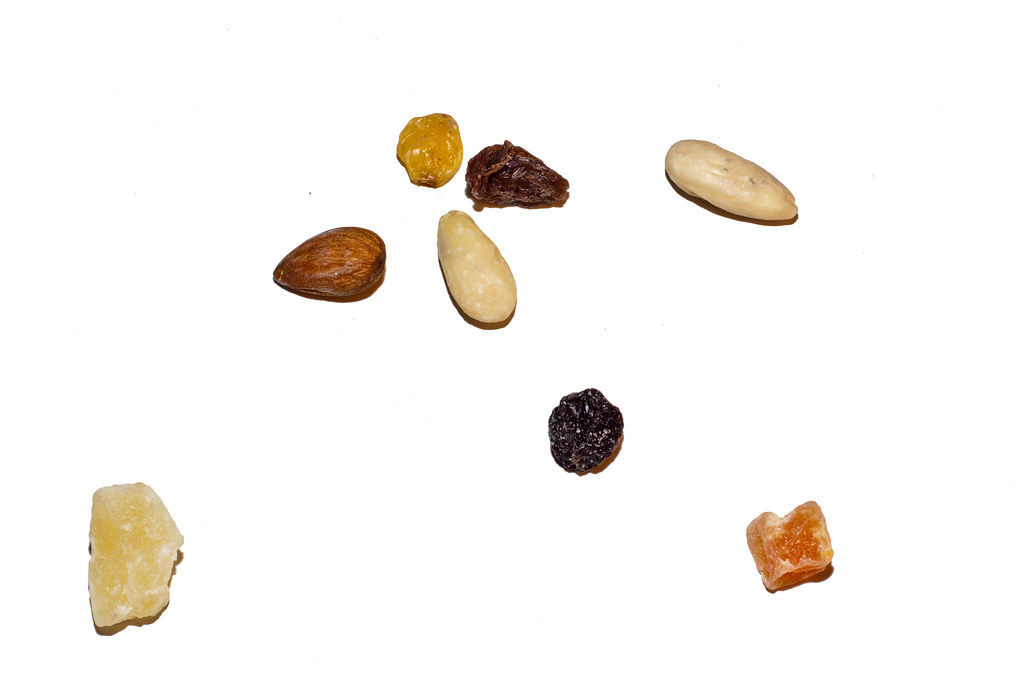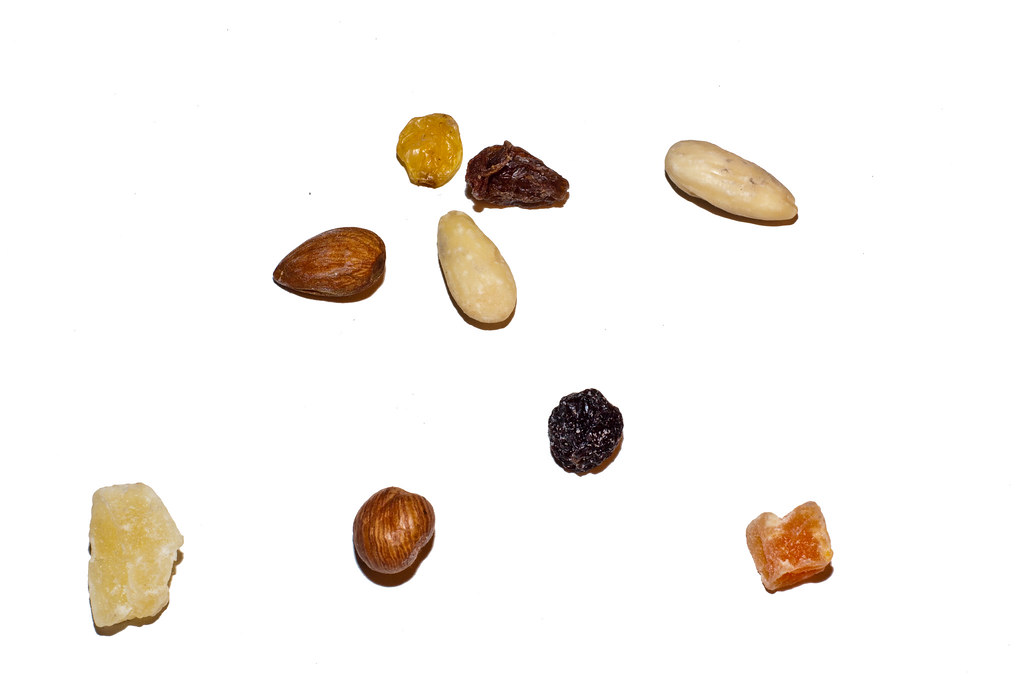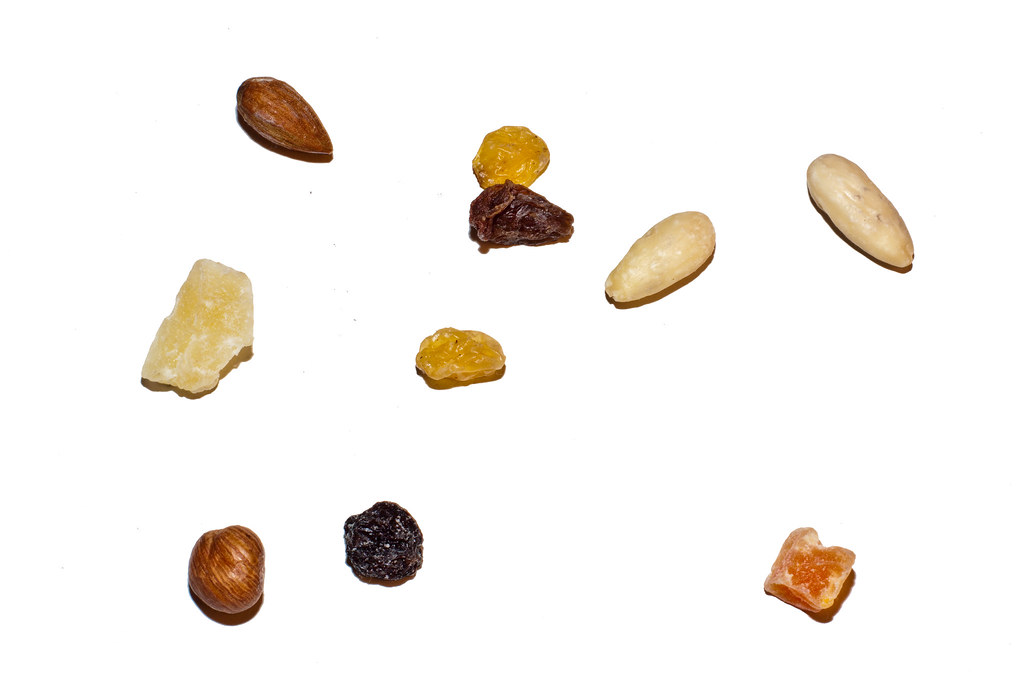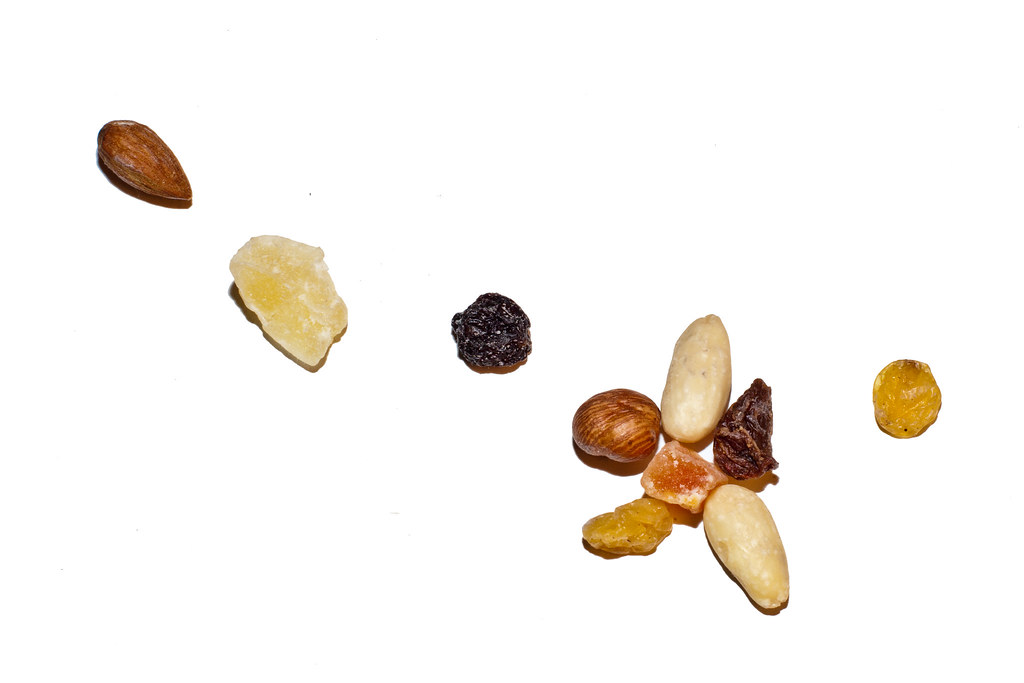Vertical Lines
Many monuments use vertical lines,The higher it is the greater the sense of being dominant is increased
Buildings use many vertical lines, especially skyscrapers

Trees are natural verticals
Lamp posts can be compared to trees, but as man made verticals
Vertical Lines aim to the sky, and can be seen as overpowering. I believe it could be seen as superior, more powerful, intimidating or even spiritual. Verticals are often aiming beyond the reach of human beings, I think this can be used effectively in how an image can be perceived.
Horizontal lines
This industrial metallic wall uses horizontal lines, probably due to massive manufacturing of the material
Although vertical lines can be seen here, the perspective makes the horizontal lines more dominant and provide stability.

The horizontal lines of this metro gives continuity and one can imagine the extensions on both sides of the frame.
How does Horizontal lines work for design?
I think the key element is the fact that horizontal lines show stability in relation to gravity, filling the condition that it graphically parallels the ground as much as possible. It will most certainly create less tension than with other lines. Being used to seeing horizontal frames in advertisement, TV or the camera's viewfinder I believe we feel more at peace with horizontal lines. Could this make the picture a bit dull or boring?
